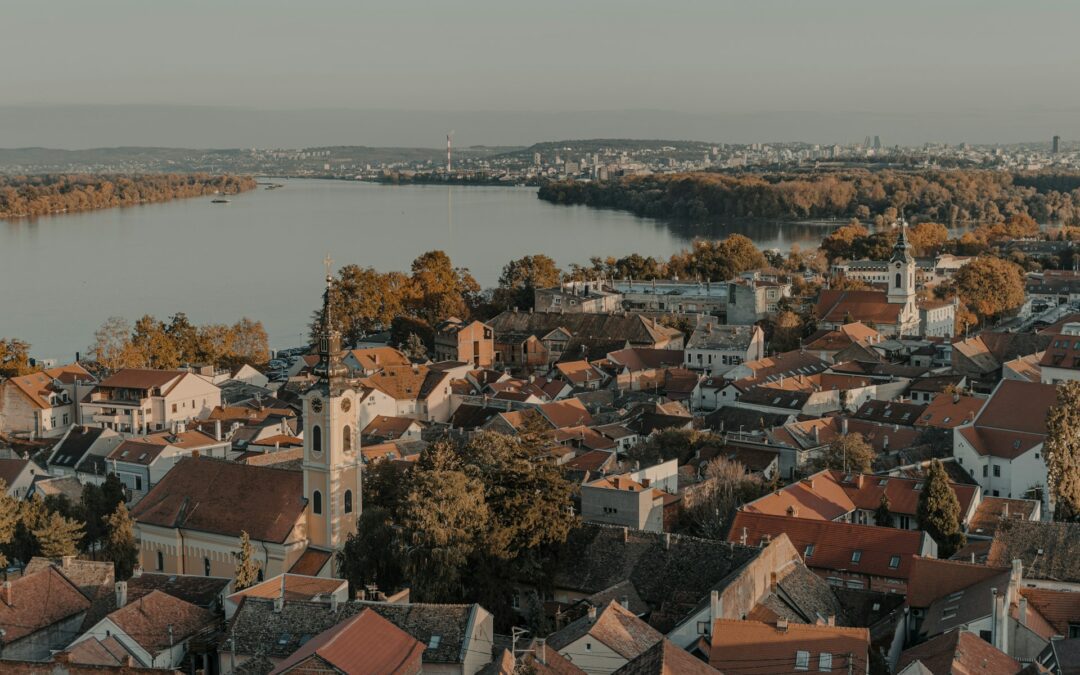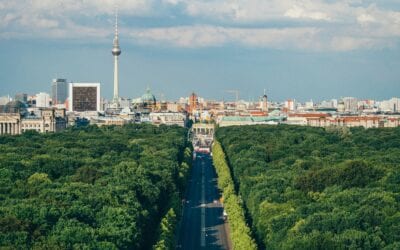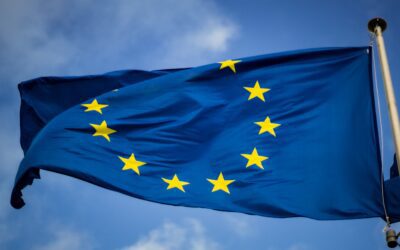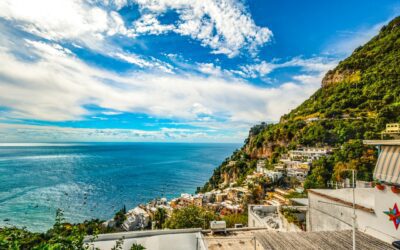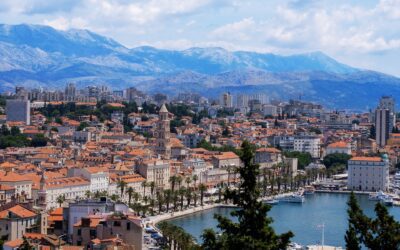|
|
Many digital nomads seek out locations with an affordable cost of living when choosing their remote work destinations. Affordable accommodation and cheap food mean that they can save money and do more.
This has often meant turning their backs on Europe and their expensive cities such as Paris, London, and Zurich. But while these cities are among the most expensive in the world, Europe also boasts some very affordable destinations for remote workers.
In a recent report, Norton Finance has come up with a list of the most affordable European capital cities for digital nomads. We will take a look at each of them from below covering what they are like, the kind of amenities they offer for digital nomads, visa options for remote worker, and of course, the cost of living.
Skopje, North Macedonia
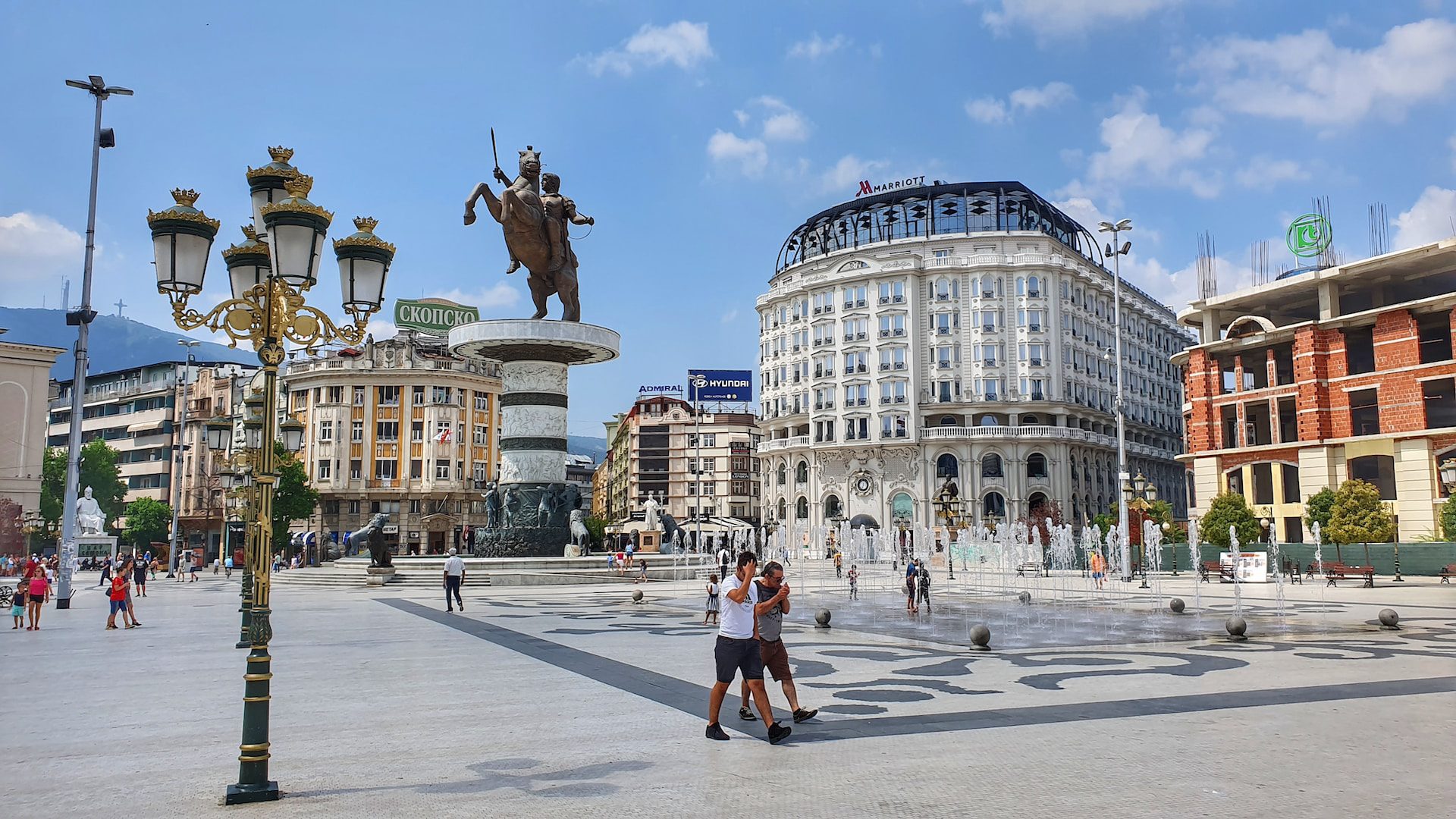
Skopje, the capital of North Macedon is an excellent location for digital nomads with excellent connectivity and lots of work-friendly cafes and coworking spaces such as Coffice, Innov8, and Public Room.
You can expect a Mediterranean climate and diet, but no beaches. Instead head to Mount Vidno and Matka Canyon for hiking, cycling, and exploring.
Cultural highlights include:
- Old Bazaar: Skopje’s Old Bazaar is one of the oldest and largest marketplaces in the Balkans, offering a rich blend of Ottoman and Byzantine architecture. It’s a great place to experience local culture, crafts, and cuisine.
- Stone Bridge: A landmark of the city, the Stone Bridge connects the Old Bazaar to Macedonia Square and is a symbol of the connection between Skopje’s past and present.
- Macedonia Square: The central square of Skopje, featuring many statues and monuments, including a large fountain and a statue of Alexander the Great.
- Mother Teresa Memorial House: This museum is dedicated to the humanitarian and Nobel Peace Prize winner Mother Teresa, who was born in Skopje.
North Macedon has been teasing a digital nomad visa since the start of 2021, but nothing has been released yet. However, travelers can still visit on a Schengen tourist visa.
Skopje has a very affordable cost of living by European standards. It is estimated that a single person needs around US$600 per month for expenses excluding rent. You can find accommodation for US$300-$500 per month.
Sarajevo, Bosnia and Herzegovina
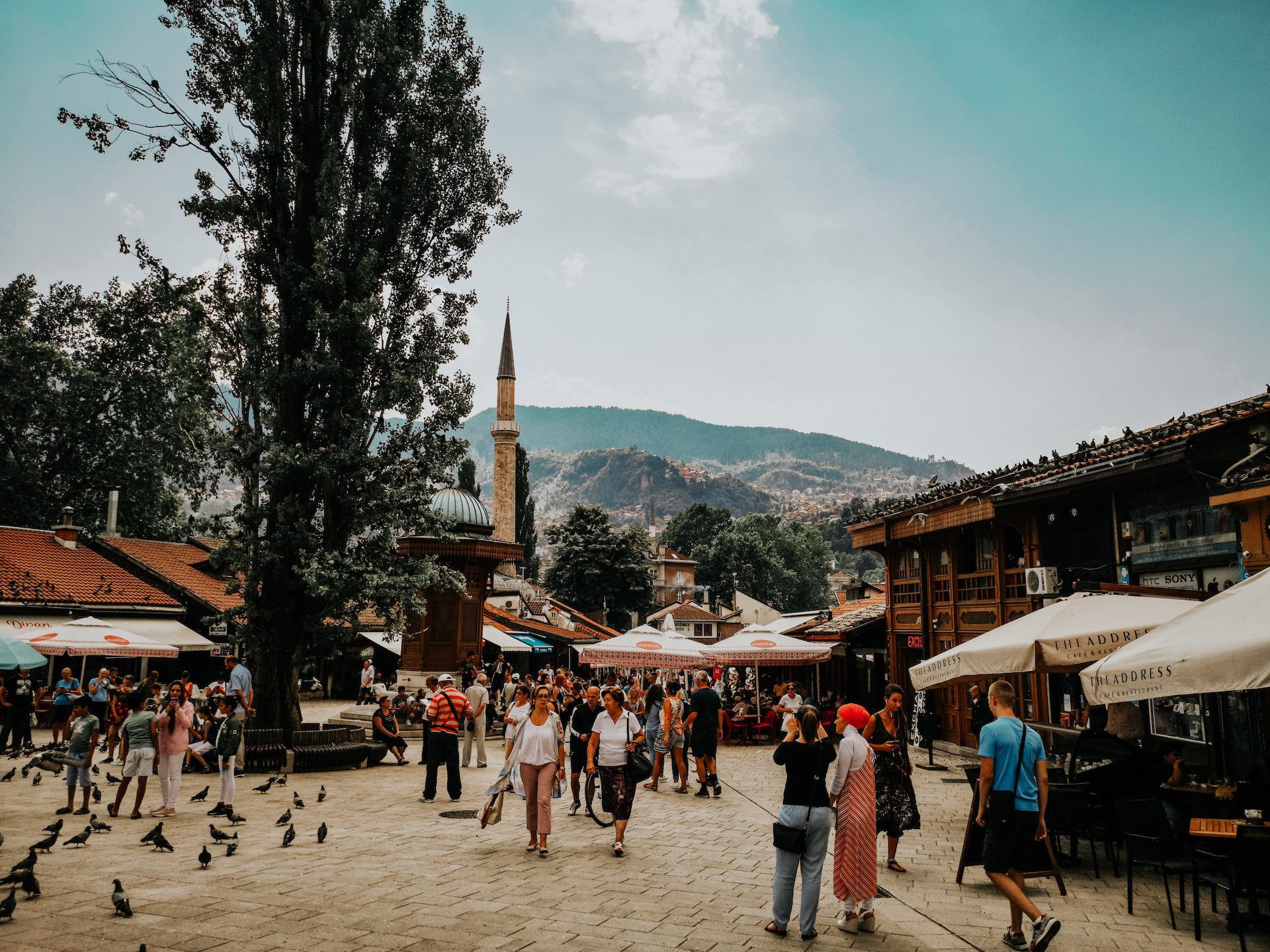
Sarajevo, the capital of Bosnia and Herzegovina, is gradually improving its facilities for digital nomads. In the city, at least, you can get a decent internet connection. There are some good coworking spaces in Sarajevo, including HUB387. The city boasts a café culture centered on delicious Bosnian coffee. There is also a vibrant nightlife.
The city is surrounded by hills and mountains, and the nearby Jahorina and Bjelasnica mountains offer great hiking and skiing.
Cultural highlights include:
- Historic Architecture: Sarajevo is known for its diverse architectural styles, reflecting its Ottoman and Austro-Hungarian past. Notable sites include the Gazi Husrev-beg Mosque, the Sarajevo Cathedral, and the Sebilj fountain in Baščaršija, the old bazaar and historical center.
- War History: The city’s recent history, particularly the Siege of Sarajevo during the Bosnian War, is documented in places like the Tunnel of Hope and the War Childhood Museum.
- Sarajevo Film Festival: This internationally renowned film festival, held annually, attracts artists and enthusiasts from around the globe.
While the country does not have a digital nomad visa, there might be one on the horizon. They have already experimented with a project to invite digital nomads to visit the region for a month on an all-expenses-paid trip. Read more here.
Sarajevo is another highly affordable country by European standards. It is estimated that a single person only needs around US$625 per month for expenses. Again, if you look around, you can find accommodation for between US$300-500 per month.
Chisinau, Moldova
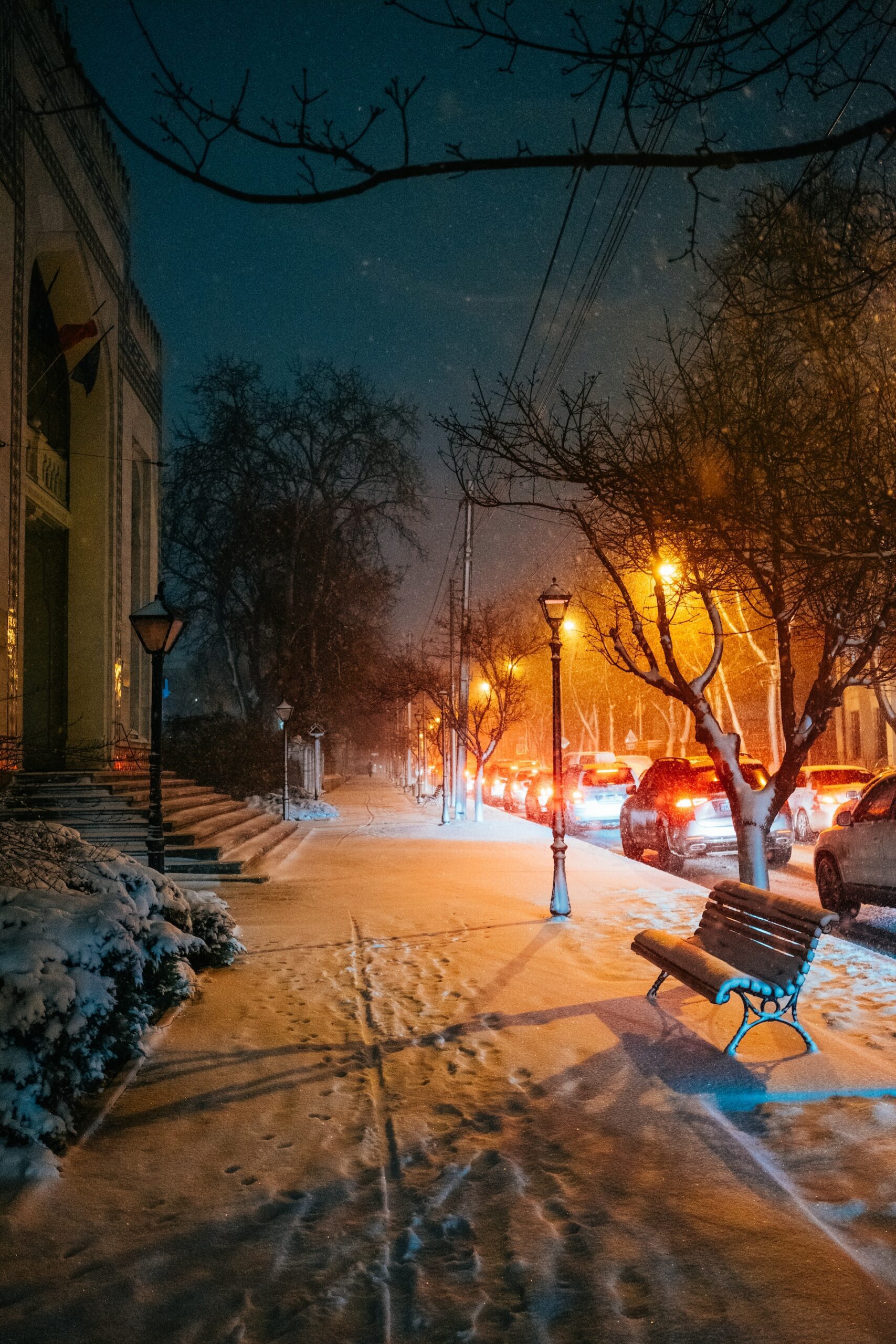
Chisinau, the capital of Moldova, is known for its Soviet-era architecture, green spaces, and burgeoning tech scene. Chisinau is an intriguing mix of history, culture, and modern amenities. There is good internet infrastructure in the city, a vibrant coffee culture, and some excellent coworking spaces including iHUB, Artcor, and Generator Hub.
Cultural highlights include:
- Architecture and History: Chisinau showcases a blend of Soviet-style buildings and historical monuments. Key attractions include the Nativity Cathedral, the Triumphal Arch, and the Parliament Building.
- Museums and Galleries: The National Museum of History of Moldova and the National Art Museum offer insights into the country’s rich history and art.
- Parks and Greenery: Chisinau is known for its lush parks like Stefan cel Mare Central Park and Dendrarium Park, offering peaceful retreats within the city.
Moldova also does not have a digital nomad visa, but it is relatively easy to get a standard 90-day tourist visa. It is worth remembering that Moldova is not in the Schengen area.
Chisinau is another affordable enclave in Europe. It is estimated that a single person only needs around US$625 per month for expenses. Again, if you look around, you can find accommodation for between US$400-800 per month.
Sofia, Bulgaria
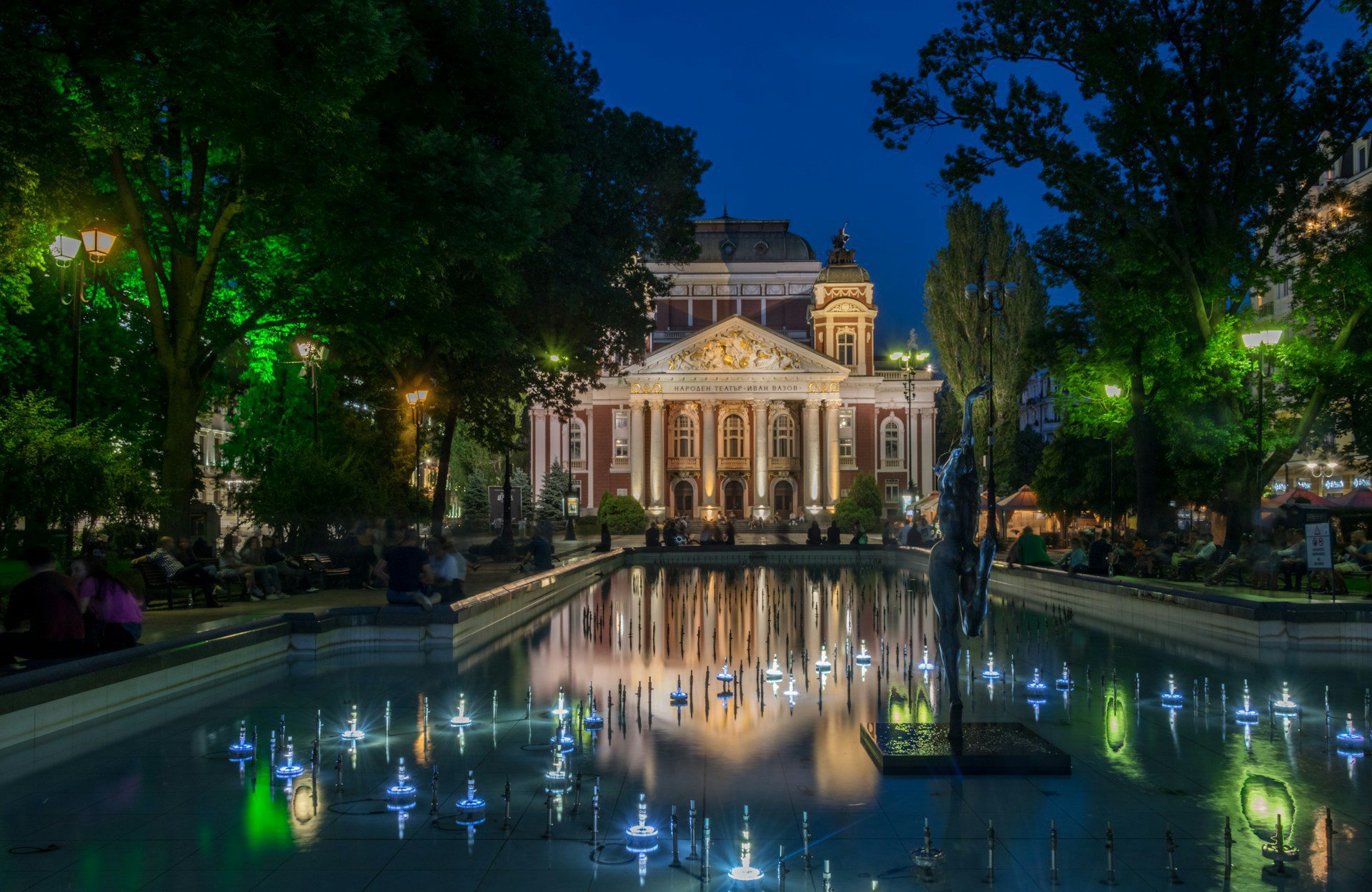
Sofia, the capital city of Bulgaria, oozes historic charm against a stunning mountainous landscape. The cuisine is known for its rich flavors and excellent yogurt and wine. The city itself is very green,spotted with gardens such as Borisova Gradina and South Park.
Sofia has excellent infrastructure for digital nomads, with good connectivity across the city. There is a strong café and restaurant culture that welcomes workers. There are also several excellent coworking spaces including Puzl CowOrKing, SOHO, and Work & Share. Read about living in Sofia as a digital nomad.
Cultural highlights include:
- Architectural Landmarks: Sofia is home to a variety of architectural styles, from Roman ruins to Soviet-era buildings. Notable landmarks include the Alexander Nevsky Cathedral, the Saint Sofia Church, and the Banya Bashi Mosque.
- Museums and Galleries: The National Historical Museum and the National Art Gallery offer insights into Bulgaria’s rich history and cultural heritage.
- Vitosha Mountain: Just a short distance from the city center, Vitosha Mountain is a great spot for hiking, skiing, and enjoying nature.
Bulgaria does not offer a digital nomad visa, but it is relatively easy to get a 90-day tourist visa. It is worth remembering that Bulgaria is not part of the Schengen area (at least not yet).
Sofia is a fairly affordable city in Eastern Europe. It is estimated that a single person needs about US$690 per month for expenses excluding rent. Savvy travelers that choose long-term accommodation can find something for between US$500-$1,000 per month.
Bucharest, Romania
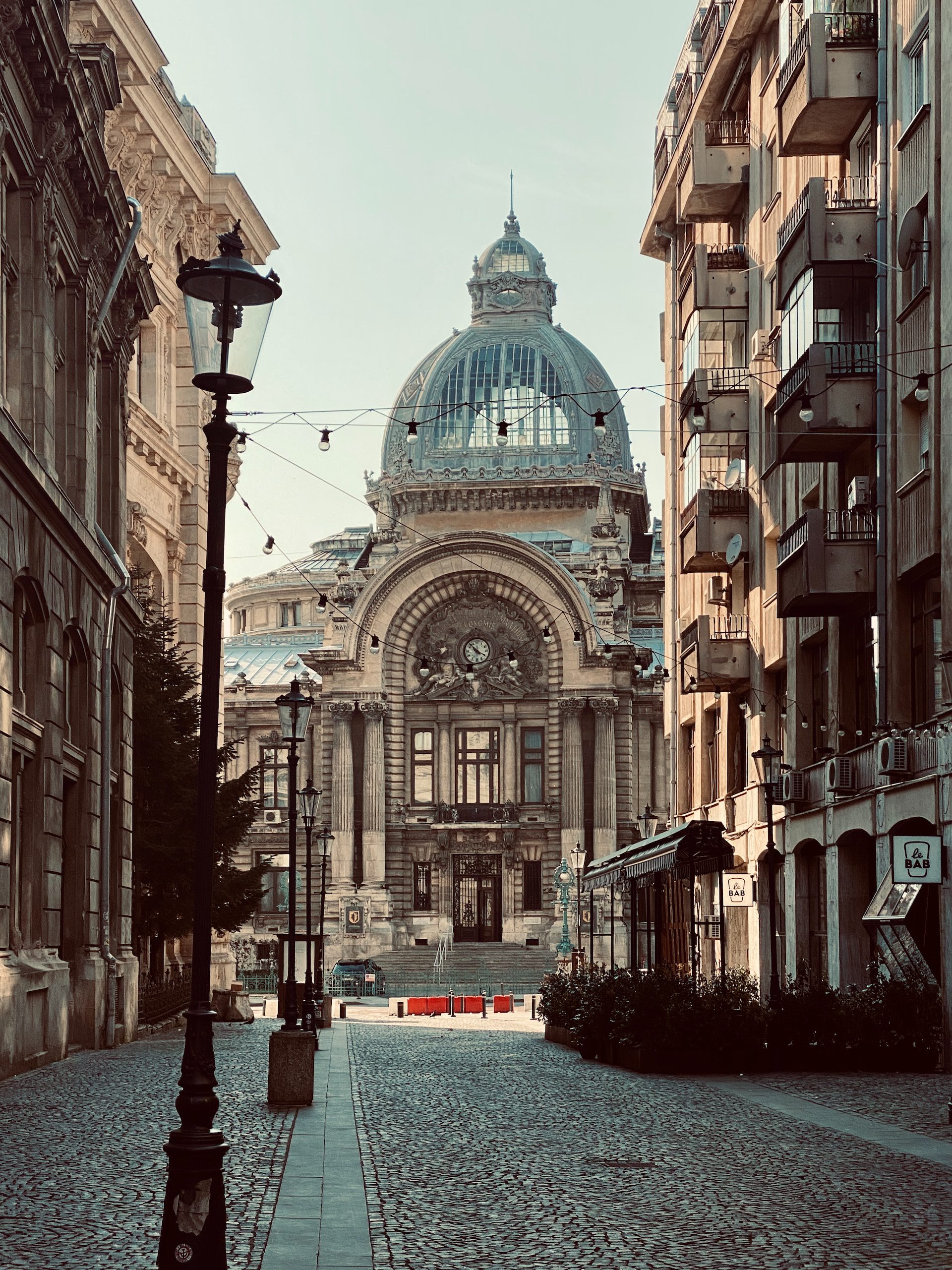
Bucharest, the capital city of Romania, is known for its vibrant culture, historical landmarks, and modern urban energy. Bucharest combines the charm of old-world architecture with the conveniences of a modern metropolis.
Bucharest has good internet connectivity and a thriving cage culture. There are also several good coworking spaces including Mindspace, Commons, and TechHub. You can read about living in Bucharest as a digital nomad here.
Cultural highlights include:
- Architectural Heritage: Bucharest is nicknamed “Little Paris” due to its elegant architecture, exemplified by the Arcul de Triumf and the interwar buildings.
- Palace of the Parliament: One of the largest administrative buildings in the world, known for its massive, imposing structure and rich history.
- Historical Quarters: The Old Town (Lipscani district) is a lively area filled with historical buildings, cozy cafes, and bustling nightlife.
- Museums and Galleries: The National Museum of Art of Romania and the Village Museum offer glimpses into Romanian art, history, and rural life.
Romania offers a digital nomad visa, which allows remote workers to stay for up to 12 months if they meet the minimum income requirement of just EUR1,100. The visa can be renewed for another year if desired.
Bucharest has an affordable cost of living. It is estimated that a single person can live well on US$670 per month excluding rent. Rents are fairly high, but you can find long-term rentals for between US$600-$1,000 per month.
Belgrade, Serbia
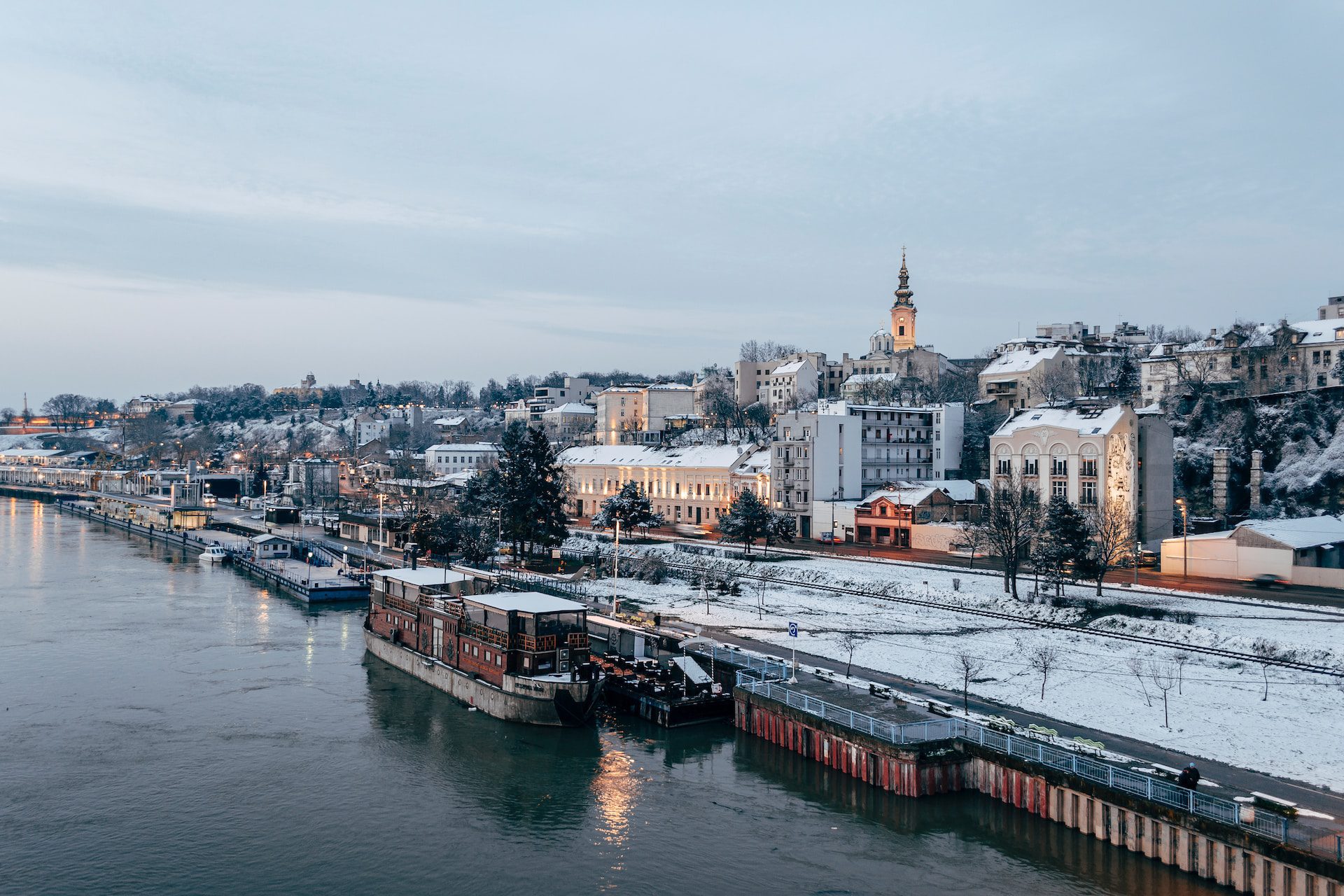
Belgrade, the vibrant capital of Serbia, blends a rich historical tapestry with an energetic modern vibe. The city is renowned for its diverse and flavorful cuisine, including traditional dishes like ćevapi and sarma, complemented by local rakija and wine.
Belgrade’s urban landscape is interspersed with lush parks and the famous Kalemegdan Fortress, offering both historical exploration and leisurely strolls.
For digital nomads, Belgrade offers a conducive environment with excellent internet connectivity and a plethora of cafes and restaurants that cater to remote workers. The city’s coworking scene is thriving, with spaces like Nova Iskra, Smart Office, and Startit Centar providing excellent facilities for productivity and networking. Find out more about living in Belgrade as a digital nomad.
Cultural highlights include:
- Architectural Heritage: Belgrade’s architecture narrates its long history, ranging from Ottoman influences to socialist-era buildings. Noteworthy sites include the historic Belgrade Fortress, Saint Sava Temple, and the charming Skadarlija bohemian quarter.
- Museums and Cultural Spaces: The Nikola Tesla Museum and the Museum of Contemporary Art offer insights into Serbia’s scientific and artistic contributions.
- Rivers and Recreation: The confluence of the River Sava and Danube near the city center offers picturesque views and recreational activities.
Serbia currently does not have a specific digital nomad visa, but travelers from many countries can stay for up to 90 days on a tourist visa. It’s important to note that Serbia is not a member of the European Union or the Schengen Area.
Belgrade is known for its affordability, especially compared to Western European cities. A single person’s monthly living expenses, excluding rent, are approximately US$700. For accommodation, long-term options such as apartments are available in the range of US$700-$1500 per month, depending on the location and amenities.
Budapest, Hungary
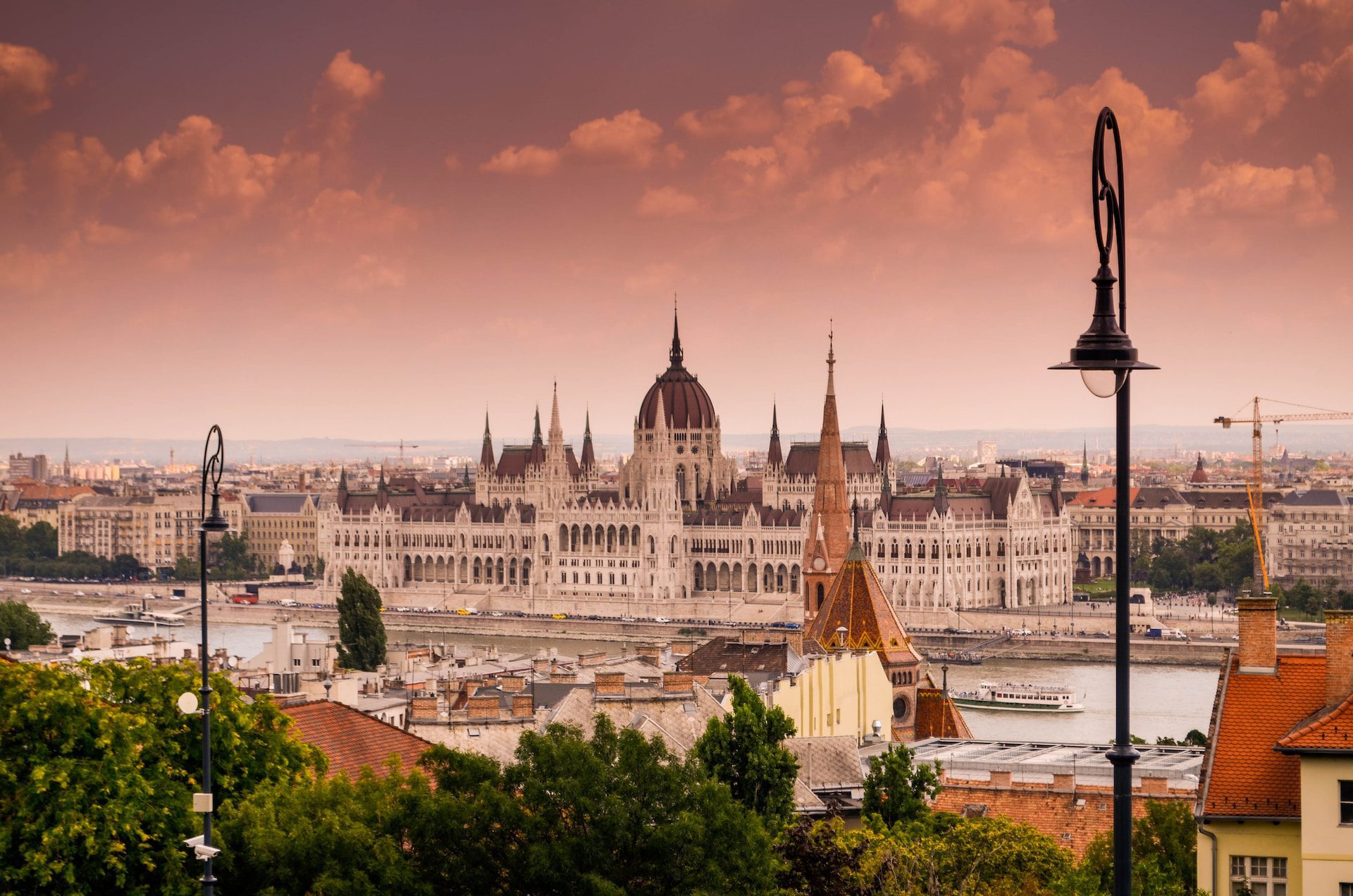
Budapest, the captivating capital of Hungary, is a city where history and modernity converge beautifully. Renowned for its stunning architecture and thermal baths, Budapest also boasts a rich culinary scene.
Traditional Hungarian dishes like goulash, lángos, and paprikás are complemented by excellent local wines. The city is characterized by its majestic Danube River, historic Buda Castle, and the vibrant Andrássy Avenue.
For digital nomads, Budapest presents an ideal setting with its reliable internet connectivity and an abundance of cafes, restaurants, and public spaces conducive to remote work. The city’s coworking scene is dynamic, with spaces like Impact Hub and KAPTÁR offering top-notch amenities for working and networking. Explore more about life in Budapest as a digital nomad.
Cultural highlights include:
- Architectural Wonders: Budapest’s architecture is a feast for the eyes, with its Art Nouveau buildings, the Gothic Revival Parliament, and the Fisherman’s Bastion offering panoramic views of the city.
- Museums and Art Galleries: Institutions like the Hungarian National Museum and the Budapest History Museum provide deep dives into Hungary’s rich history and culture.
- Thermal Baths and Wellness: Budapest, often called the “City of Spas,” is famous for its thermal baths like Széchenyi and Gellért, perfect for relaxation and rejuvenation.
Hungary does currently an option for digital nomad visas known as a White Card. It allows you t stay for up to two years as long as you cab demonstrate the minimum income of EUR2,000.
Budapest is known for being more affordable than many Western European capitals. The cost of living for a single person, excluding rent, is roughly US$750 per month. Accommodation options vary widely, with long-term rental apartments available between US$700-$1200 per month.
Warsaw, Poland
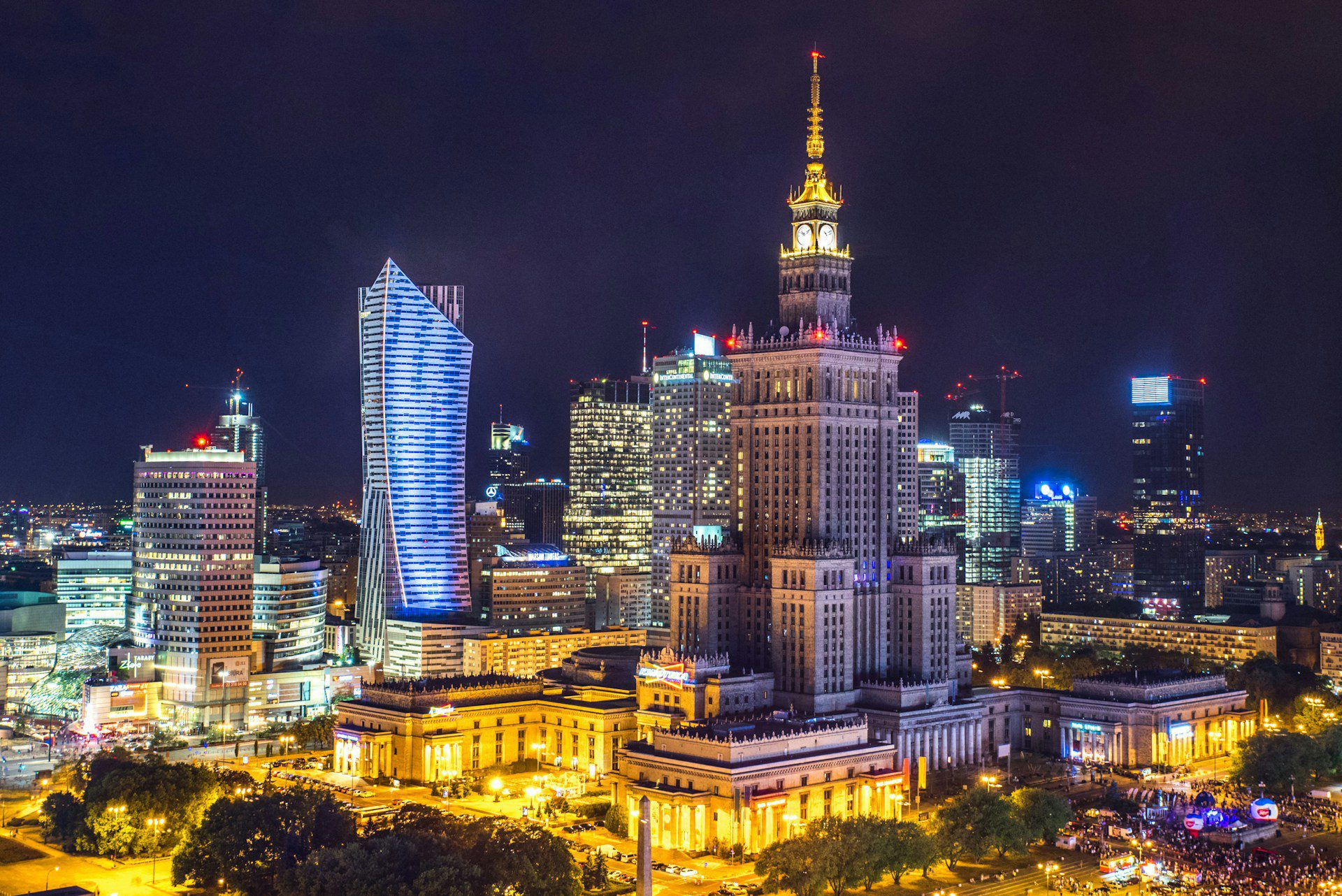
Warsaw, the dynamic capital of Poland, is a city where the past and present blend seamlessly. Known for its resilient history and modern urban progress, Warsaw captivates visitors with its mix of historical sites and contemporary flair.
The city’s cuisine reflects its rich heritage, offering traditional Polish dishes like pierogi, bigos, and żurek, alongside a growing selection of international cuisines. Warsaw’s landscape is marked by the Vistula River, the iconic Palace of Culture and Science, and the picturesque Old Town.
For digital nomads, Warsaw is an excellent choice with its robust internet infrastructure and a plethora of cafes, bistros, and public spaces ideal for remote work. The coworking scene in Warsaw is vibrant and growing, with spaces like Campus Warsaw, Reaktor, and Business Link offering great facilities for productivity and networking. Discover more about living in Warsaw as a digital nomad.
Cultural highlights include:
- Architectural Diversity: Warsaw’s architecture tells the story of its phoenix-like rise from wartime destruction, ranging from the reconstructed Old Town to modern skyscrapers.
- Museums and Cultural Institutions: Explore Poland’s history and culture at the Warsaw Uprising Museum, POLIN Museum of the History of Polish Jews, and the Royal Castle.
- Green Spaces and Recreation: The city is dotted with green spaces like Łazienki Park and the Vistula Boulevards, perfect for leisure and outdoor activities.
Poland does not have a digital nomad visa, and the easiest way to travel there is on a Schengen tourist visa. However, Poland also has a relatively accessible long-stay Type D visa. This allows you to stay for up to a year as long as you can prove you have the financial resources to support yourself.
Warsaw is known for its relatively affordable cost of living. The cost of living for a single person, excluding rent, is approximately US$800 per month. For accommodation, a range of options is available, with long-term rental apartments typically priced between US$1,000-$2,000 per month.
Vilnius, Lithuania
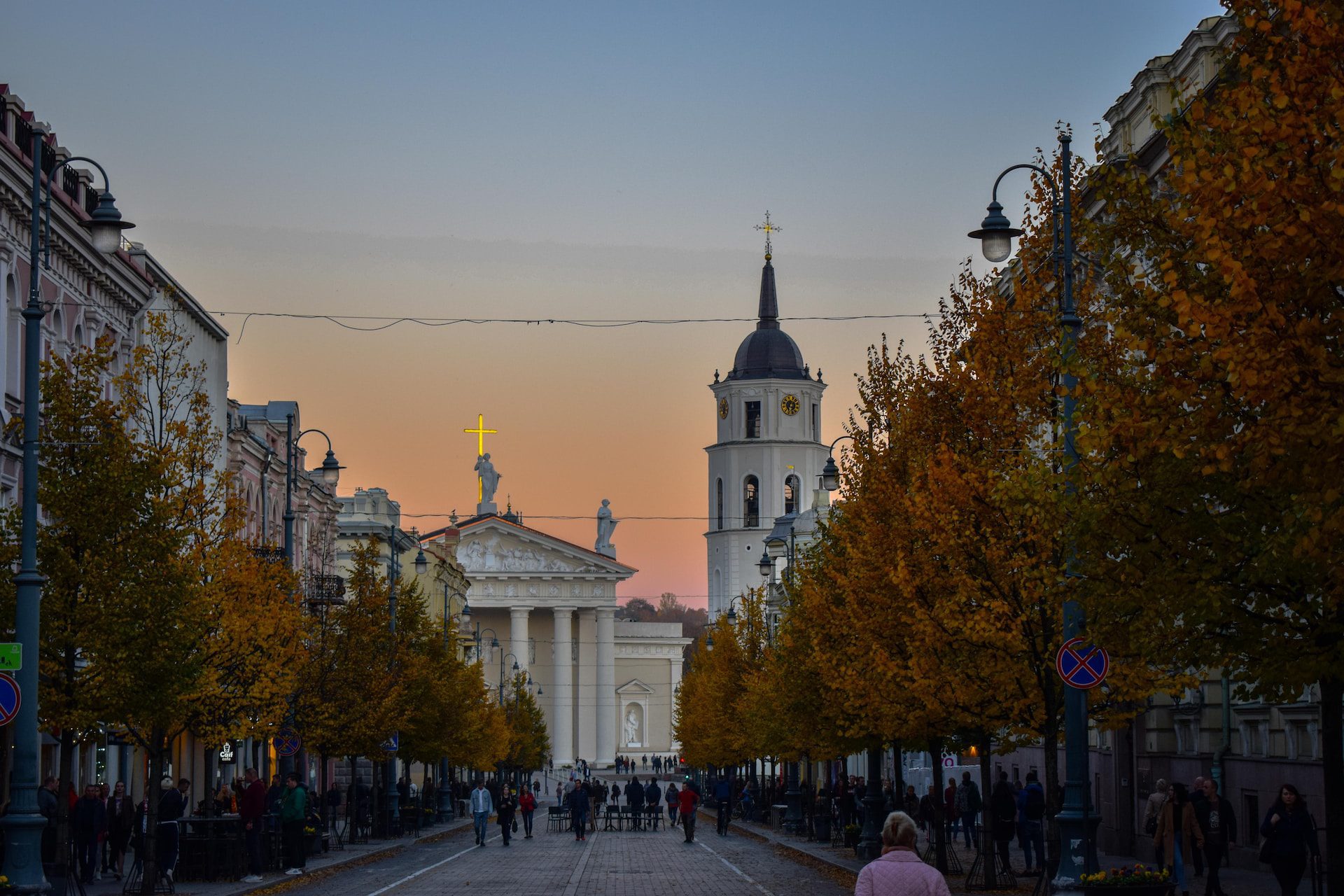
Vilnius, the charming capital of Lithuania, is a city where history and innovation converge. Renowned for its Baroque architecture and vibrant cultural scene, Vilnius is a city that delights visitors with its blend of historical richness and contemporary energy.
The cuisine in Vilnius is a testament to Lithuania’s culinary heritage, featuring traditional dishes like cepelinai, šaltibarščiai, and kugelis, along with an emerging array of international dining options. The city’s landscape is characterized by its medieval Old Town, the meandering Vilnia River, and the striking Gediminas Tower.
For digital nomads, Vilnius presents a highly attractive option with its strong internet connectivity and a wealth of cafes, bistros, and public areas that are well-suited for remote work. The city’s coworking scene is flourishing, with hubs like Workland and Vilnius Tech Park providing excellent environments for work and collaboration.
Cultural highlights include:
- Architectural Beauty: Vilnius’s Old Town, a UNESCO World Heritage site, is one of the largest in Eastern Europe, featuring a diverse range of architectural styles from Gothic to Renaissance to Baroque.
- Museums and Galleries: Delve into Lithuania’s past and present at the National Museum of Lithuania, the MO Museum of modern art, and the KGB Museum, which provide insightful cultural experiences.
- Green Spaces: The city is dotted with numerous parks and green areas, such as Vingis Park and Bernardine Garden, offering tranquil spaces for relaxation and outdoor activities.
While the Lithuanian government has recently talked about a digital nomad visa, the best option is currently to travel on a 90-day tourist visa. It may be possible to extend the visa for an additional 90 days if you can prove that you have a clean criminal record and sufficient funds to support yourself.
Vilnius is recognized for its relatively low cost of living compared to other European capitals. The monthly living expenses for a single person, excluding rent, are around US$900. In terms of accommodation, diverse options are available, with long-term rental apartments generally ranging from US$800-$1,600 per month.
Riga, Latvia
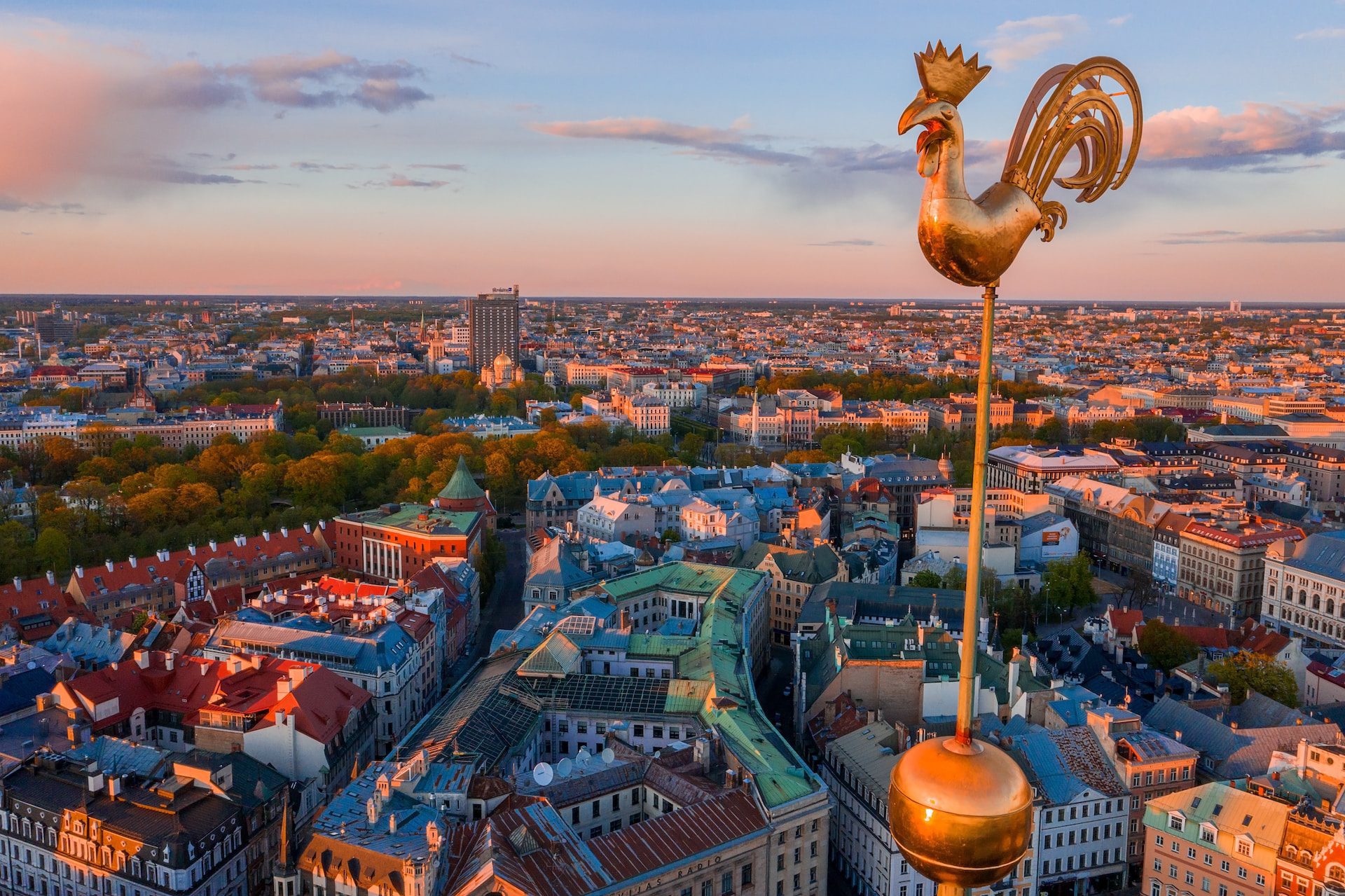
Riga, the picturesque capital of Latvia, stands as a city where cultural heritage and modern innovation beautifully intertwine. Known for its Art Nouveau architecture and a rich historical tapestry, Riga enchants visitors with its harmonious blend of past elegance and present-day dynamism.
The city’s culinary scene reflects Latvia’s traditional flavors, offering delicacies like rye bread, smoked fish, and piragi, complemented by a growing selection of global cuisines. Riga’s landscape is marked by its charming Old Town, the winding Daugava River, and landmarks like the Freedom Monument and the House of the Blackheads.
For digital nomads, Riga offers an excellent environment with robust internet connectivity and a multitude of cafes, restaurants, and public spaces suitable for remote work. The city’s coworking scene is thriving, with spaces such as TechHub Riga and OraculeTang Space offering top-notch facilities for productivity and networking. Explore more about living in Riga as a digital nomad.
Cultural highlights include:
- Architectural Splendor: Riga’s Old Town, a UNESCO World Heritage site, showcases a stunning array of architectural styles, including medieval, Art Nouveau, and wooden architecture.
- Museums and Art Spaces: Dive into Latvian history and art at the Latvian National Museum of Art, the War Museum, and the Riga Art Nouveau Centre.
- Greenery and Recreation: The city is abundant with green spaces like Vērmanes Garden and Mežaparks, offering serene environments for relaxation and outdoor activities.
Latvia has been considering a digital nomad visa, but currently, the most straightforward option for international travelers is a 90-day tourist visa, which can potentially be extended under certain conditions.
The cost of living for a single person in Riga, excluding rent, is approximately US$900 per month. Regarding accommodation, a variety of options are available, with long-term rental apartments typically priced between US$600-$1,000 per month.
Choose Your Next European Destination
What do you think of Norton’s list? Are any of these European capitals calling your name? Aside from cost of living, what are the most important things to you when it comes to choosing a digital nomad destination?

